 While headlines often tout substantial monetary awards for injured workers, the intricacies of such compensation might remain shrouded in mystery. Behind every high-stakes verdict lies a meticulous process of presenting compelling evidence to substantiate the array of damages claimed. In a recent case involving workers at a Firestone Polymers plant, the multifaceted nature of damages is unveiled, shedding light on the need for robust legal representation to navigate the diverse categories of compensation.
While headlines often tout substantial monetary awards for injured workers, the intricacies of such compensation might remain shrouded in mystery. Behind every high-stakes verdict lies a meticulous process of presenting compelling evidence to substantiate the array of damages claimed. In a recent case involving workers at a Firestone Polymers plant, the multifaceted nature of damages is unveiled, shedding light on the need for robust legal representation to navigate the diverse categories of compensation.
Workers at Firestone Polymers plant near CITGO Petroleum Company’s refinery in Lake Charles, Louisiana, were exposed to higher than permitted sulphur dioxide and hydrogen sulfide levels. Eight individuals who worked at Firestone filed a lawsuit against CITGO. At trial, the court held the employees’ exposure to the higher than permitted levels of sulphur dioxide and hydrogen sulfide caused their injuries, including headaches, coughs, eye and sinus irritation, and sore throats. The trial court awarded damages based on the workers’ injuries over three years. Although CITGO agreed it was liable, it appealed the damages awarded to the injured workers.
On appeal, CITGO argued the trial court’s award of damages for fear of future injury was duplicative of the mental anguish damages. CITGO also argued there was insufficient evidence to support the fear of future injury and medical expense damages awarded to the workers.
 Louisiana Personal Injury Lawyer Blog
Louisiana Personal Injury Lawyer Blog


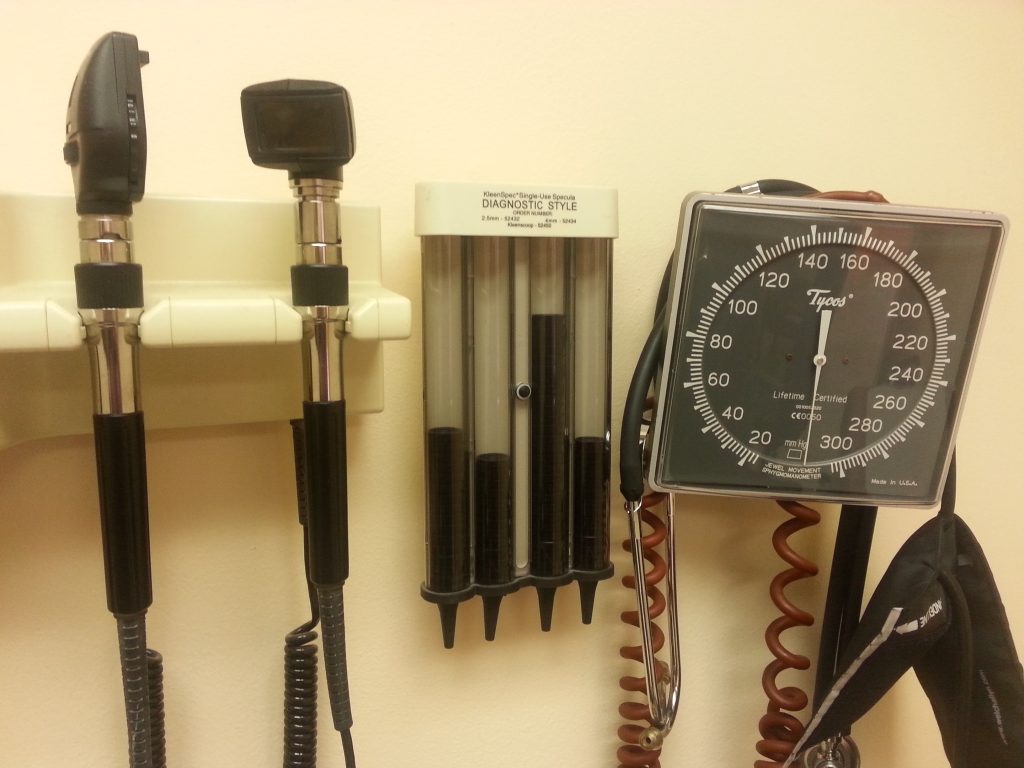 In the realm of medical malpractice, the intricacies of the legal process can often appear daunting, especially when juxtaposed against the heart-wrenching backdrop of a stillborn baby’s tragedy. K Arceneaux found herself entangled in this very confluence of circumstances, seeking justice for her devastating loss while grappling with legal procedure demands. As the mother’s quest for accountability unfolds, a crucial question emerges: Can a plaintiff prevail in a medical malpractice case without the indispensable backing of expert testimony?
In the realm of medical malpractice, the intricacies of the legal process can often appear daunting, especially when juxtaposed against the heart-wrenching backdrop of a stillborn baby’s tragedy. K Arceneaux found herself entangled in this very confluence of circumstances, seeking justice for her devastating loss while grappling with legal procedure demands. As the mother’s quest for accountability unfolds, a crucial question emerges: Can a plaintiff prevail in a medical malpractice case without the indispensable backing of expert testimony? A homeowner’s insurance policy can help protect you if someone is injured on your property. However, like any insurance policy, a homeowner’s insurance policy can include many exclusions that limit what type of injuries your insurance policy will cover. If such an exclusion applies to your claim, your insurance company will likely try to claim it is not responsible for the pay the damages claimed. This can result in complex litigation, including complicated procedural devices such as the peremptory exception of no right of action at issue in the following case.
A homeowner’s insurance policy can help protect you if someone is injured on your property. However, like any insurance policy, a homeowner’s insurance policy can include many exclusions that limit what type of injuries your insurance policy will cover. If such an exclusion applies to your claim, your insurance company will likely try to claim it is not responsible for the pay the damages claimed. This can result in complex litigation, including complicated procedural devices such as the peremptory exception of no right of action at issue in the following case.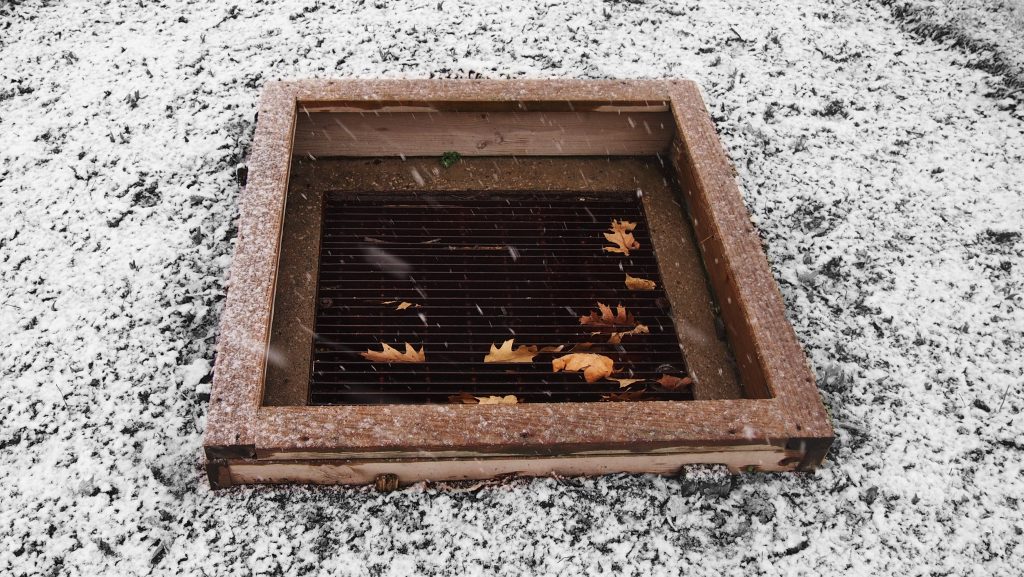 Imagine walking through your neighborhood only to be seriously injured from tripping over a wire frame on a storm drain. The following case considers whether such a condition is open and obvious. This is an important consideration because if a condition is found to be open and obvious, then defendants do not have a duty to protect people from the condition.
Imagine walking through your neighborhood only to be seriously injured from tripping over a wire frame on a storm drain. The following case considers whether such a condition is open and obvious. This is an important consideration because if a condition is found to be open and obvious, then defendants do not have a duty to protect people from the condition.  The vibrant spirit of Mardi Gras parades, with their kaleidoscope of colors and joyous revelry, often paints a picture of unadulterated celebration. Yet, beneath the surface of these festivities, unexpected tragedies can unfold, turning the jubilation into a legal labyrinth. Such was the case in Franklin, Louisiana, where a moment of revelry took a distressing turn as a float participant was tragically injured during a parade. What followed was a legal showdown, entangling federal regulations, contractual intricacies, and the question of liability. Amidst the sparkle and confetti, a courtroom drama unfolded, revealing the complex legal considerations surrounding the incident.
The vibrant spirit of Mardi Gras parades, with their kaleidoscope of colors and joyous revelry, often paints a picture of unadulterated celebration. Yet, beneath the surface of these festivities, unexpected tragedies can unfold, turning the jubilation into a legal labyrinth. Such was the case in Franklin, Louisiana, where a moment of revelry took a distressing turn as a float participant was tragically injured during a parade. What followed was a legal showdown, entangling federal regulations, contractual intricacies, and the question of liability. Amidst the sparkle and confetti, a courtroom drama unfolded, revealing the complex legal considerations surrounding the incident.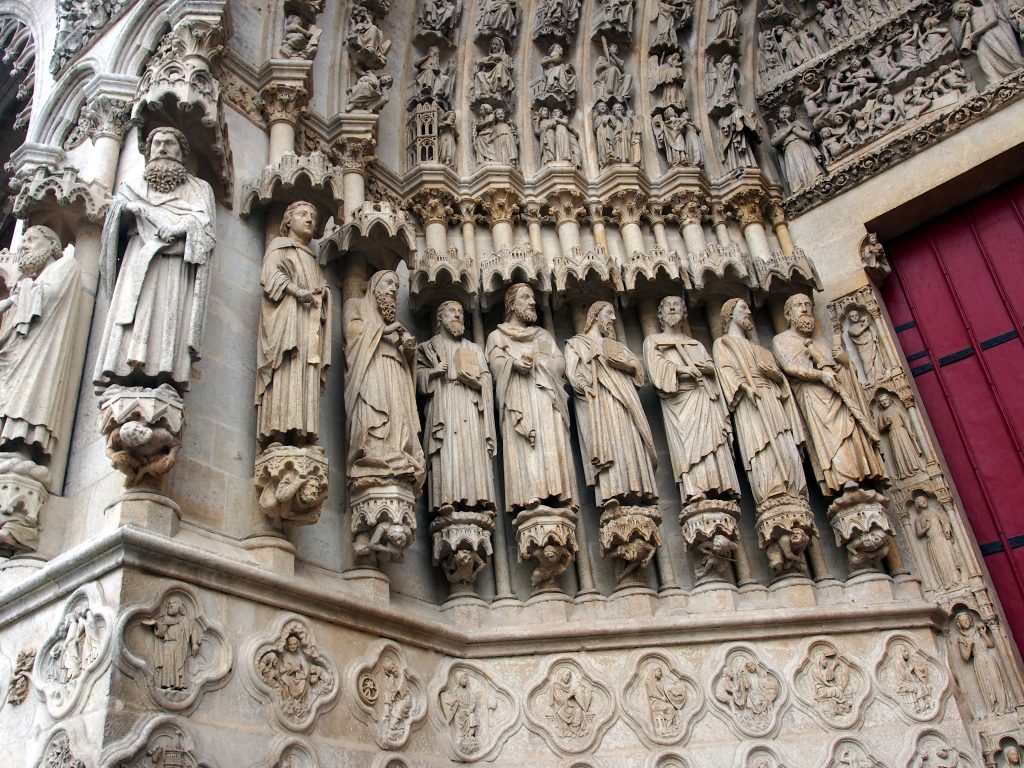 At the end of a trial, you are focused on whether or not the Judge ruled in your favor. However, it is not enough to only know who won the case, especially if you are considering an appeal. This case indicates the importance of paying attention not only to the outcome but also to the language in the final judgment the trial court issues. Louisiana has strict requirements for language that must be included in a final judgment for it to be valid so that an appellate court can hear the appeal.
At the end of a trial, you are focused on whether or not the Judge ruled in your favor. However, it is not enough to only know who won the case, especially if you are considering an appeal. This case indicates the importance of paying attention not only to the outcome but also to the language in the final judgment the trial court issues. Louisiana has strict requirements for language that must be included in a final judgment for it to be valid so that an appellate court can hear the appeal.  Homeowners often have to deal with contractors, such as plumbers, completing work in their homes or yard. What happens when a homeowner is injured from a condition on the property the contractor created? The following case helps answer that question.
Homeowners often have to deal with contractors, such as plumbers, completing work in their homes or yard. What happens when a homeowner is injured from a condition on the property the contractor created? The following case helps answer that question. 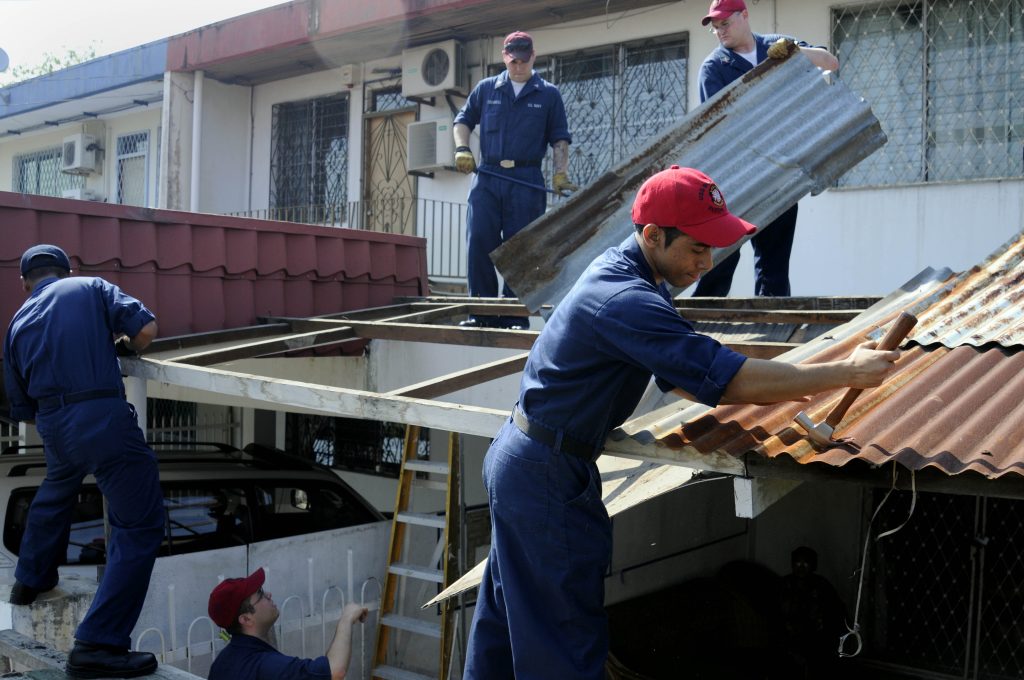 When renting an apartment, tenants expect a safe and secure living environment. However, what happens when an accident occurs due to negligence by the apartment owner and management company? If a leaky roof in your apartment injures you, can you make a claim for your injuries? The following lawsuit answers that question.
When renting an apartment, tenants expect a safe and secure living environment. However, what happens when an accident occurs due to negligence by the apartment owner and management company? If a leaky roof in your apartment injures you, can you make a claim for your injuries? The following lawsuit answers that question. 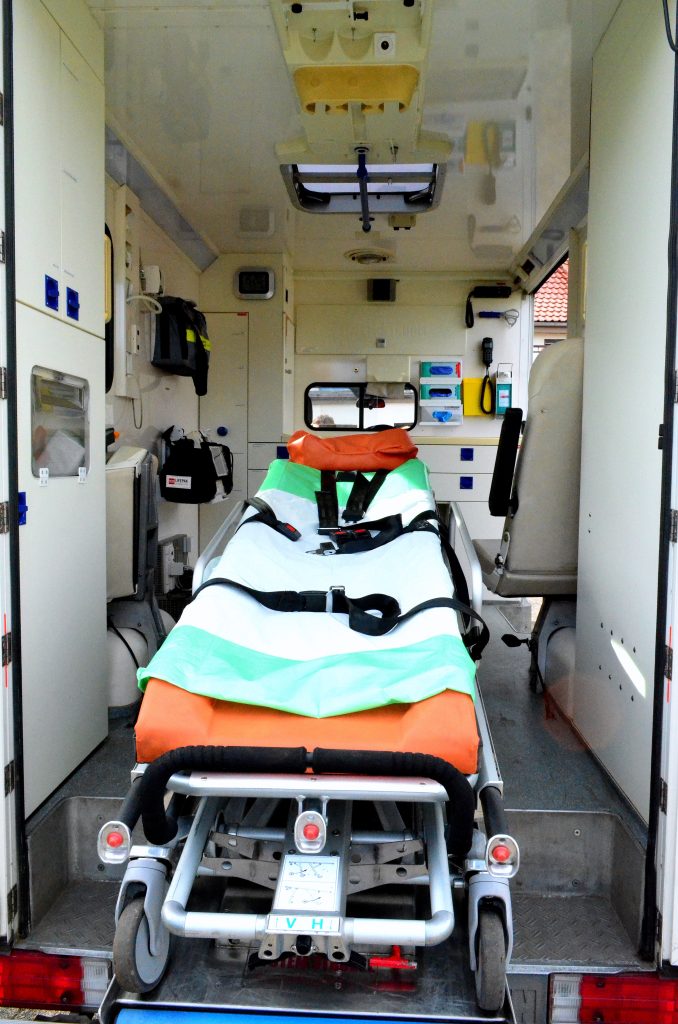 Medical emergencies call for swift and professional response from emergency medical personnel. However, what happens when a patient sustains additional injuries during transit due to unforeseen circumstances? The following case highlights the complexities of dealing with immunity laws for government employees and emphasizes the importance of seeking legal counsel to navigate statutory requirements and potential exceptions when considering legal action in such situations.
Medical emergencies call for swift and professional response from emergency medical personnel. However, what happens when a patient sustains additional injuries during transit due to unforeseen circumstances? The following case highlights the complexities of dealing with immunity laws for government employees and emphasizes the importance of seeking legal counsel to navigate statutory requirements and potential exceptions when considering legal action in such situations.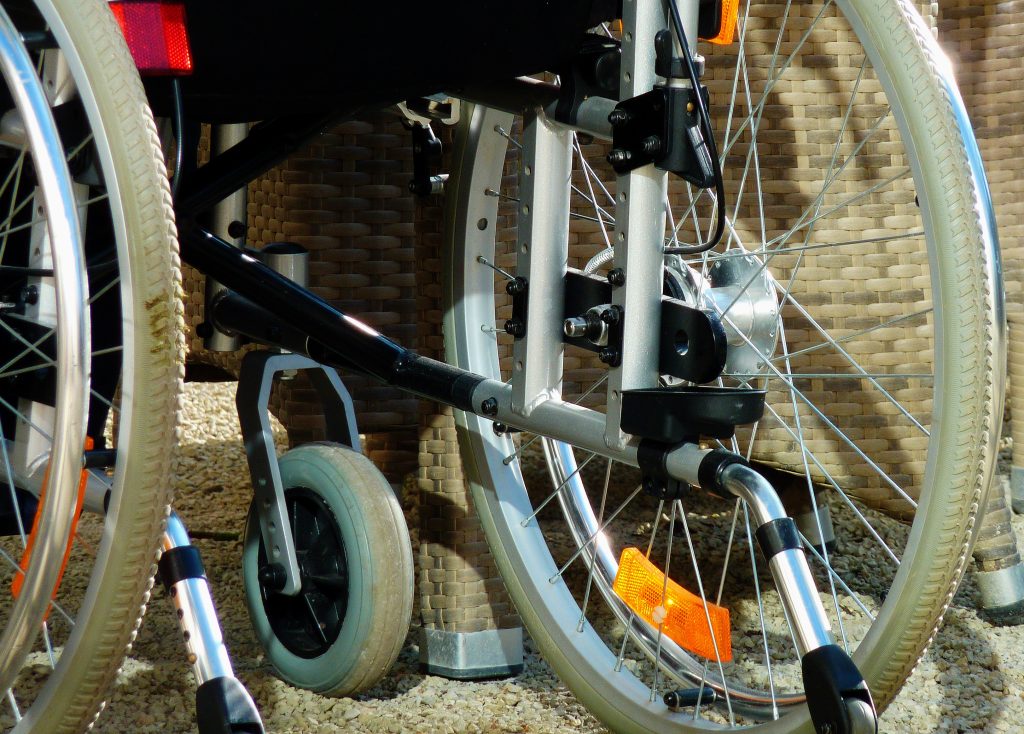 Many of us provide support to elderly folks in our lives through our time and money. We expect the utmost attention and respect when we send a loved one to a care facility. Sometimes accidents happen, whether by negligence or by accident, that result in injury to patients. Regardless of the cause of injury, a lawsuit can help hold medical professionals responsible for the type of care they provide. The difference between a tort and a medical malpractice claim for nursing home injuries is examined in the following case.
Many of us provide support to elderly folks in our lives through our time and money. We expect the utmost attention and respect when we send a loved one to a care facility. Sometimes accidents happen, whether by negligence or by accident, that result in injury to patients. Regardless of the cause of injury, a lawsuit can help hold medical professionals responsible for the type of care they provide. The difference between a tort and a medical malpractice claim for nursing home injuries is examined in the following case.